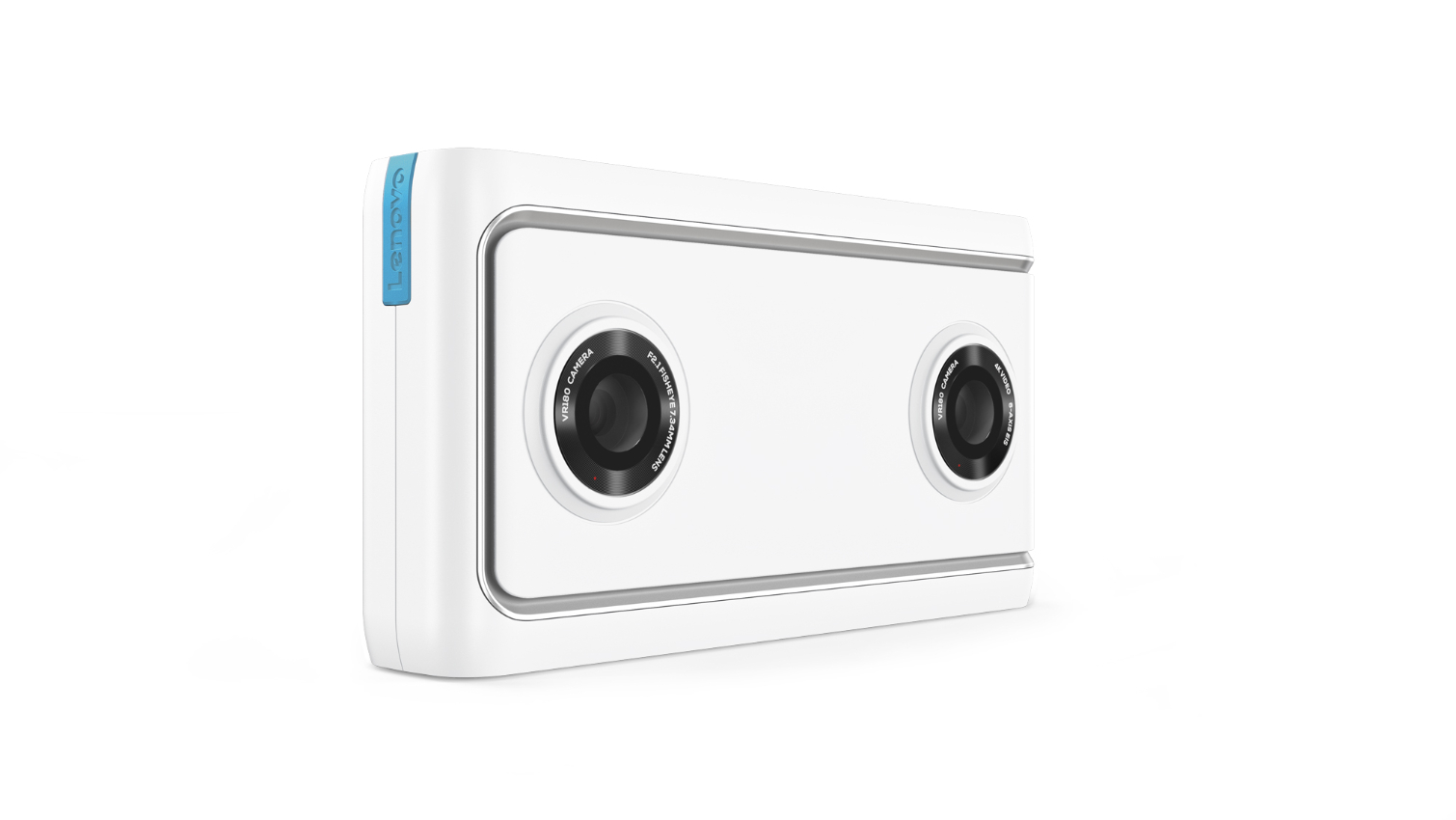Lenovo Mirage VR Camera Offers 3D, 180-Degree Capture And Daydream Integration
LAS VEGAS, NV -- Lenovo unveiled the Mirage Solo Daydream VR headset. At the same time, the company also launched a portable point-and-shoot VR camera that's similar to the LucidCam will let you create your own VR content without the need for expensive specialized recording equipment. Lenovo’s Mirage Camera is small enough to fit in your pocket, and it weighs just 139g, so you can carry it with you anywhere.
But most important is the fact that is captures stereoscopic video. It features two front-facing 13MP fisheye cameras, each with a 180-degree field of view, which provides an overlapping, stereoscopic image no matter which angle you view your recordings. The offset cameras capture the depth of the environment, which you can relive through a VR headset. It offer 4K per eye resolution, so the effective resolution, then, is 4K.
Lenovo said it built the Mirage Camera for the average person. The device is simple to use—just point and shoot, like a basic digital camera. It features just three buttons: A power button to cycle the camera’s power; a function button that lets you switch between camera, video, and live broadcasting modes; and a shutter button, which presumably lets you adjust shutter speeds, but Lenovo didn’t explain what exactly it does. It also has a standard tripod mount on the bottom.
Lenovo partnered with Google to create the Mirage Camera. The device features native support for Google’s Daydream VR platform, and it also integrates well with other Google platforms. The camera can capture still photos, which you can store and share on the Google Photos cloud service. The video format is also compatible with the YouTube VR180 platform.
You can capture video and upload it later, or you can use the Lenovo Mirage Camera to broadcast live on YouTube. The integration with YouTube’s VR180 platform enables you to share your VR videos with anyone. Upload the footage to YouTube once, and YouTube reformats it so you can watch it on a PC or your phone. But to appreciate the depth of the VR video, you would need a Google Cardboard or Daydream device.
As you might imagine, it takes quite a bit of power to stitch together two 13MP images on the fly and broadcast it live over the internet. Surprisingly, the Mirage Camera doesn’t rely on a host device to do the heavy lifting. The camera features a Qualcomm Snapdragon 626 SoC that handles the onboard processing. The device also includes 2GB of memory, 16GB of internal eMMC storage, and an expansion slot that supports up to 128GB microSD cards.
The Mirage camera also includes a built-in Wi-Fi radio so it can connect to your phone--this is key, because the Mirage doesn't have a preview display, so when connected, the phone does the job. Lenovo said that there would also be an LTE edition with a built-in X9 LTE cellular radio so that you can broadcast remotely.
Get Tom's Hardware's best news and in-depth reviews, straight to your inbox.

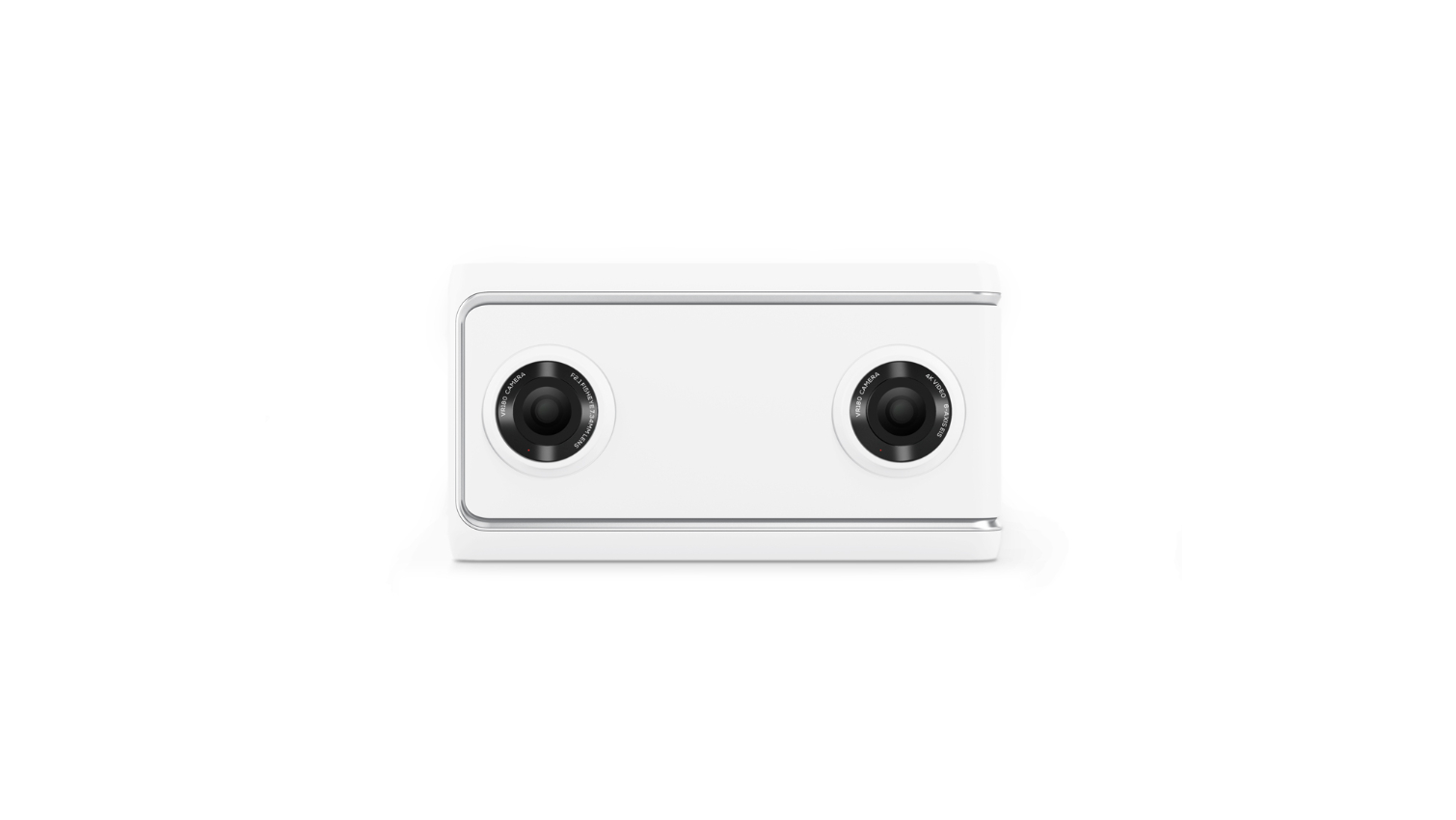

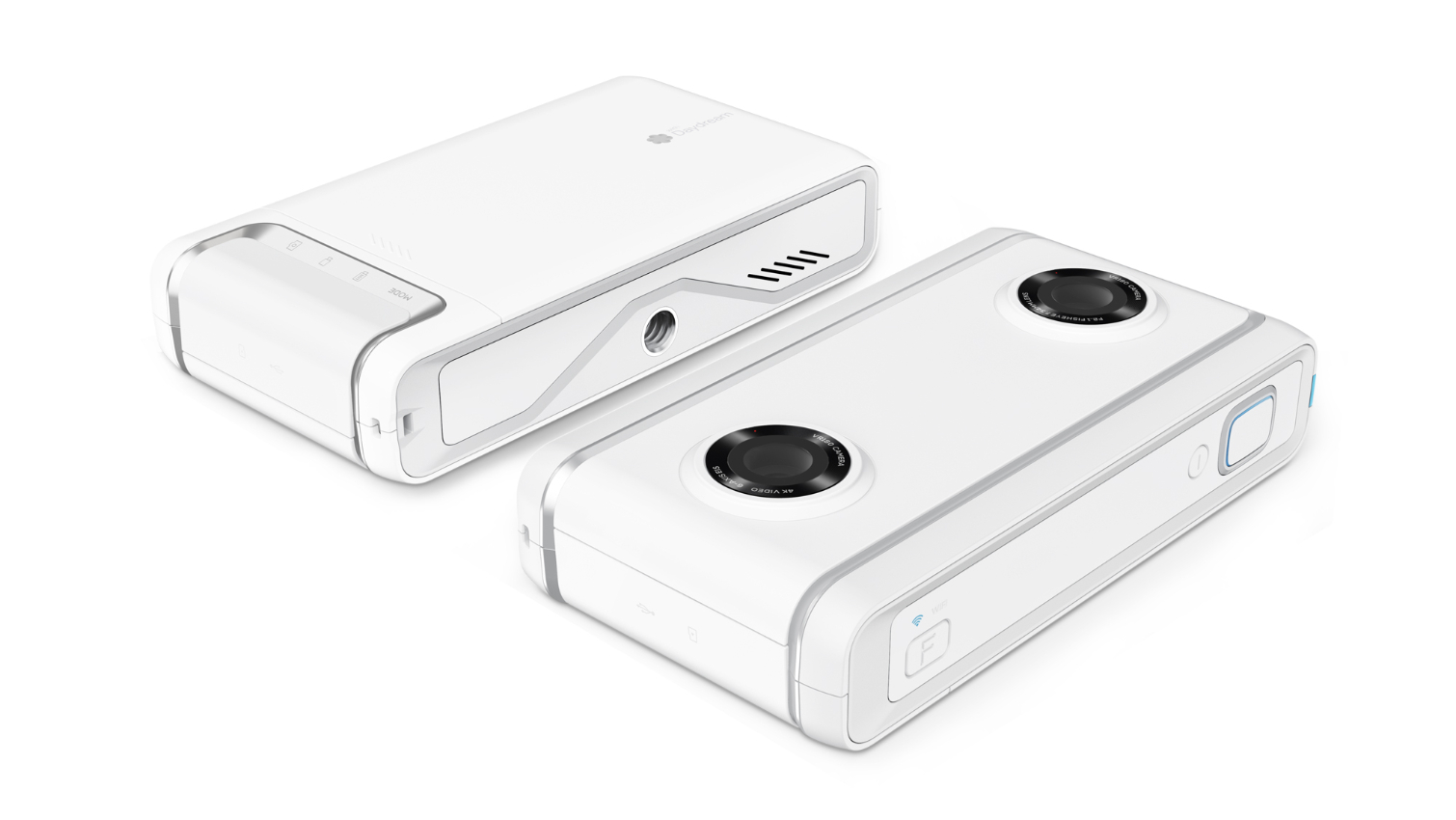


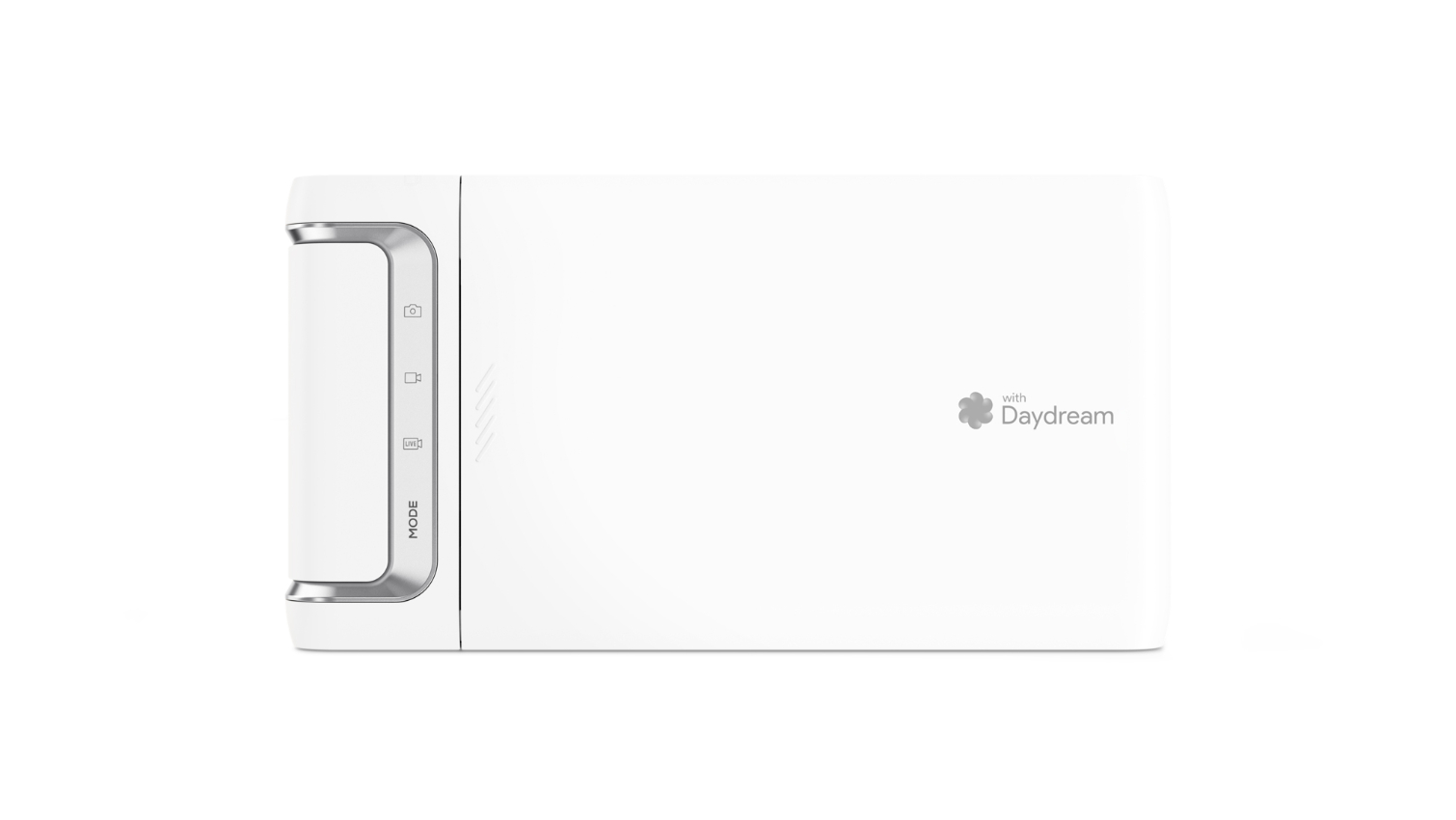


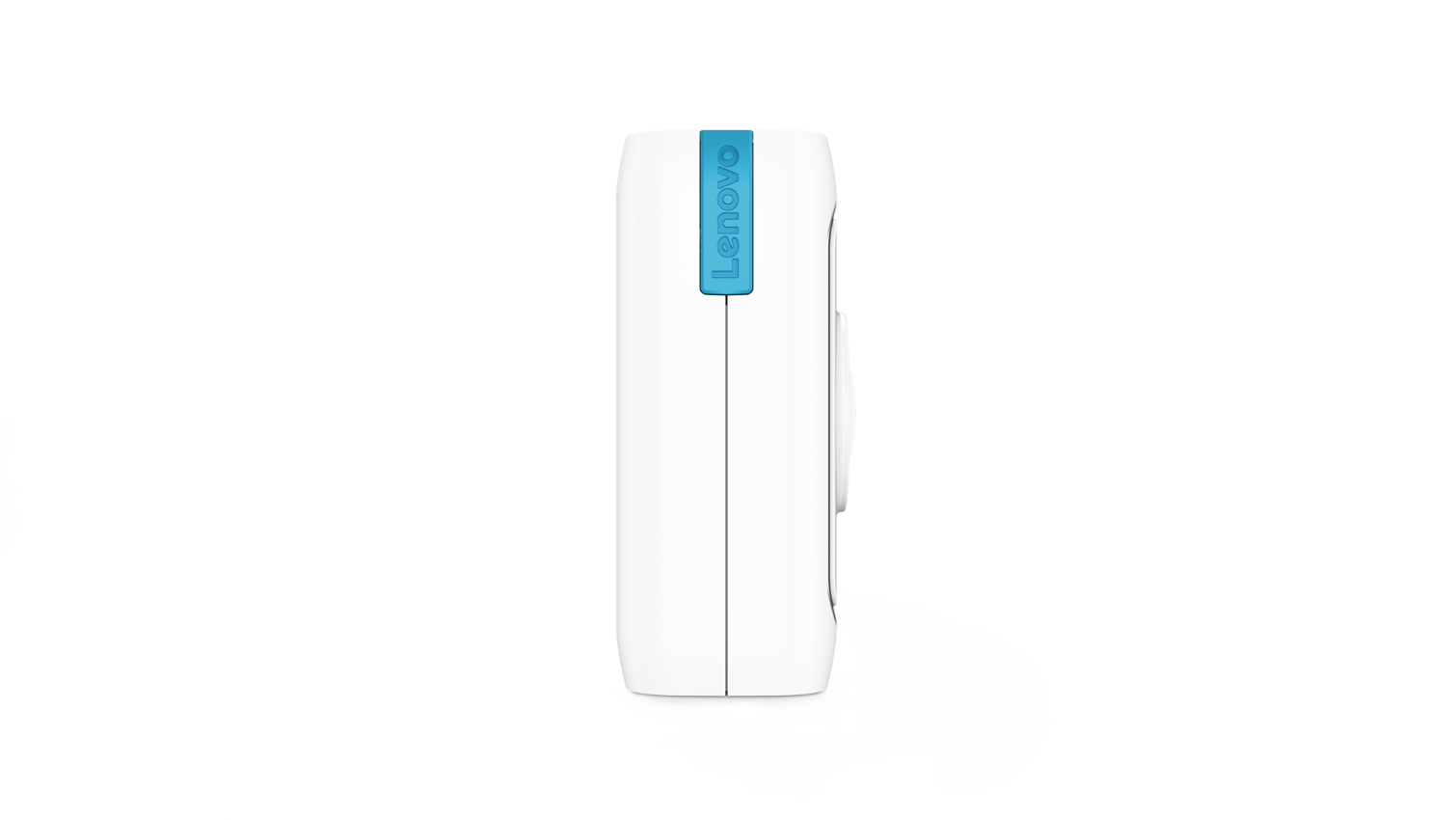
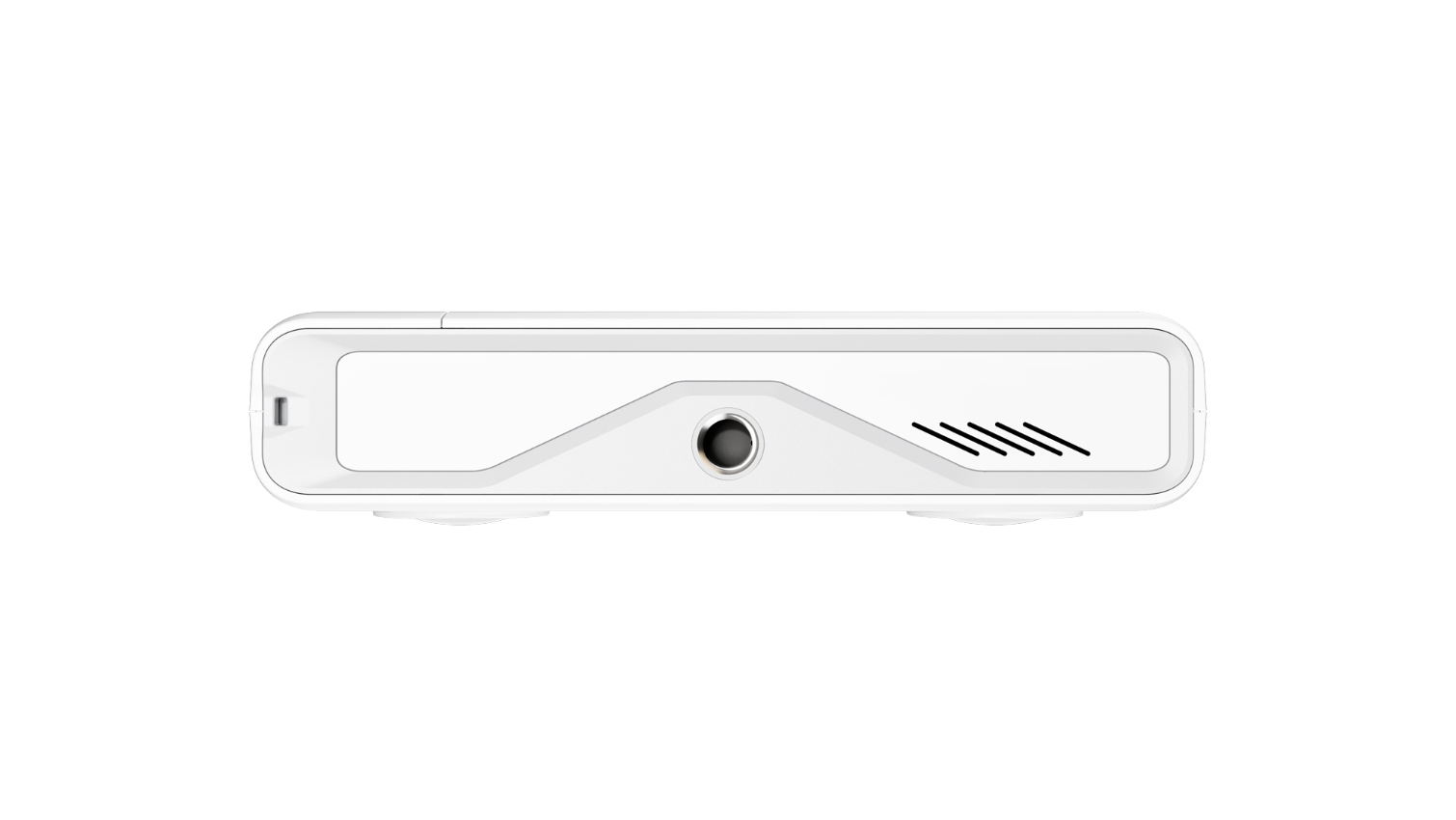

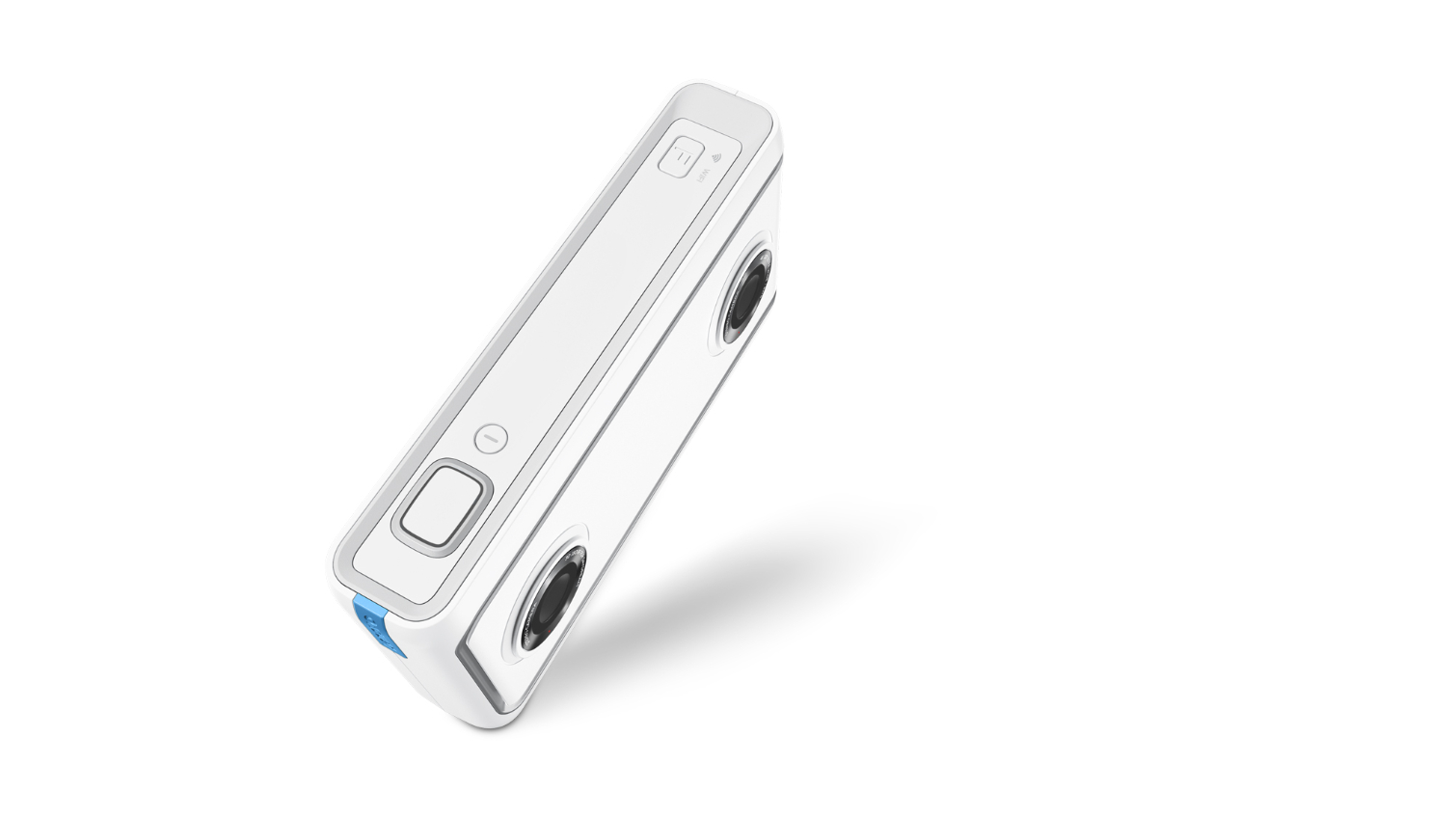
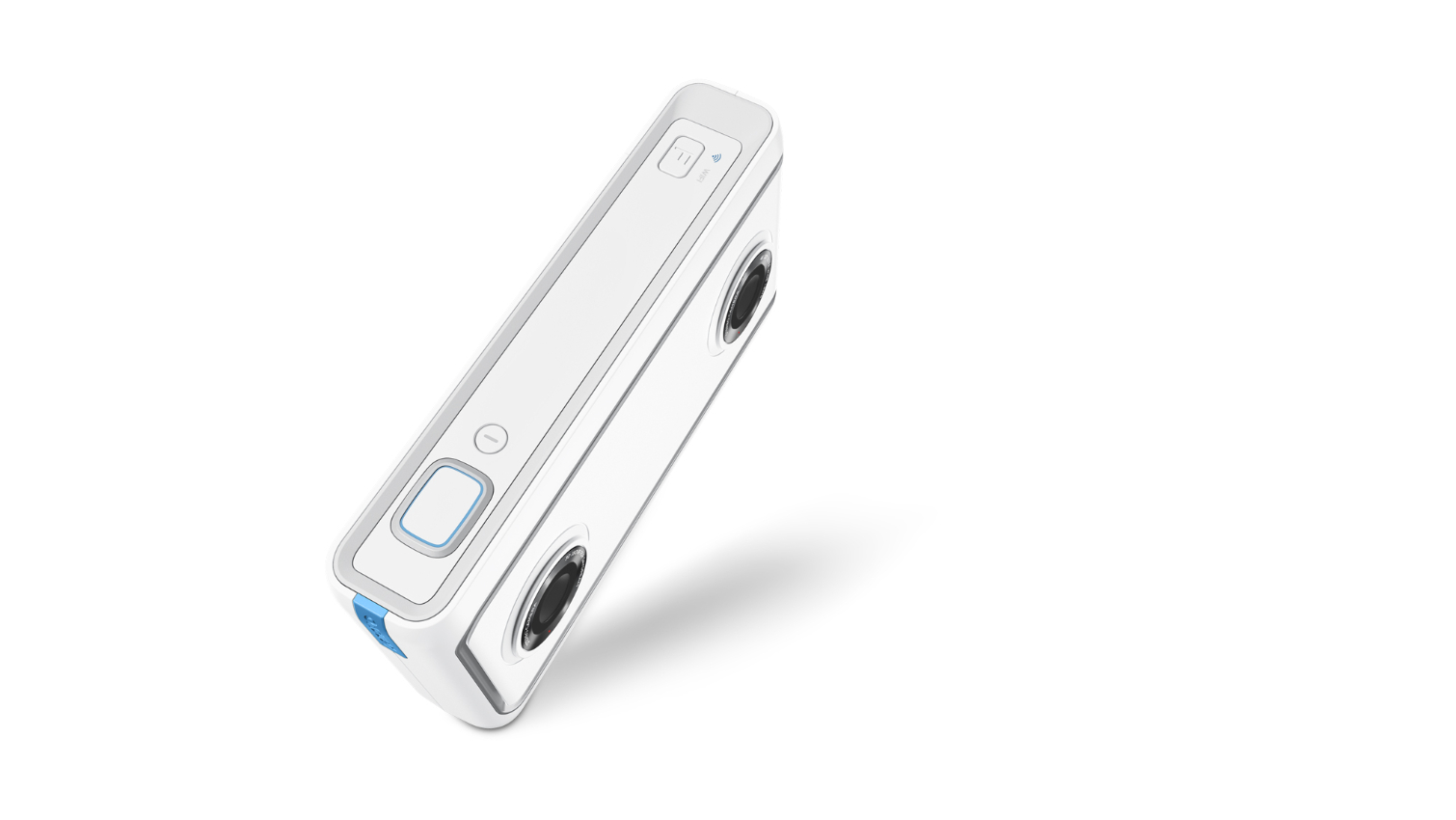
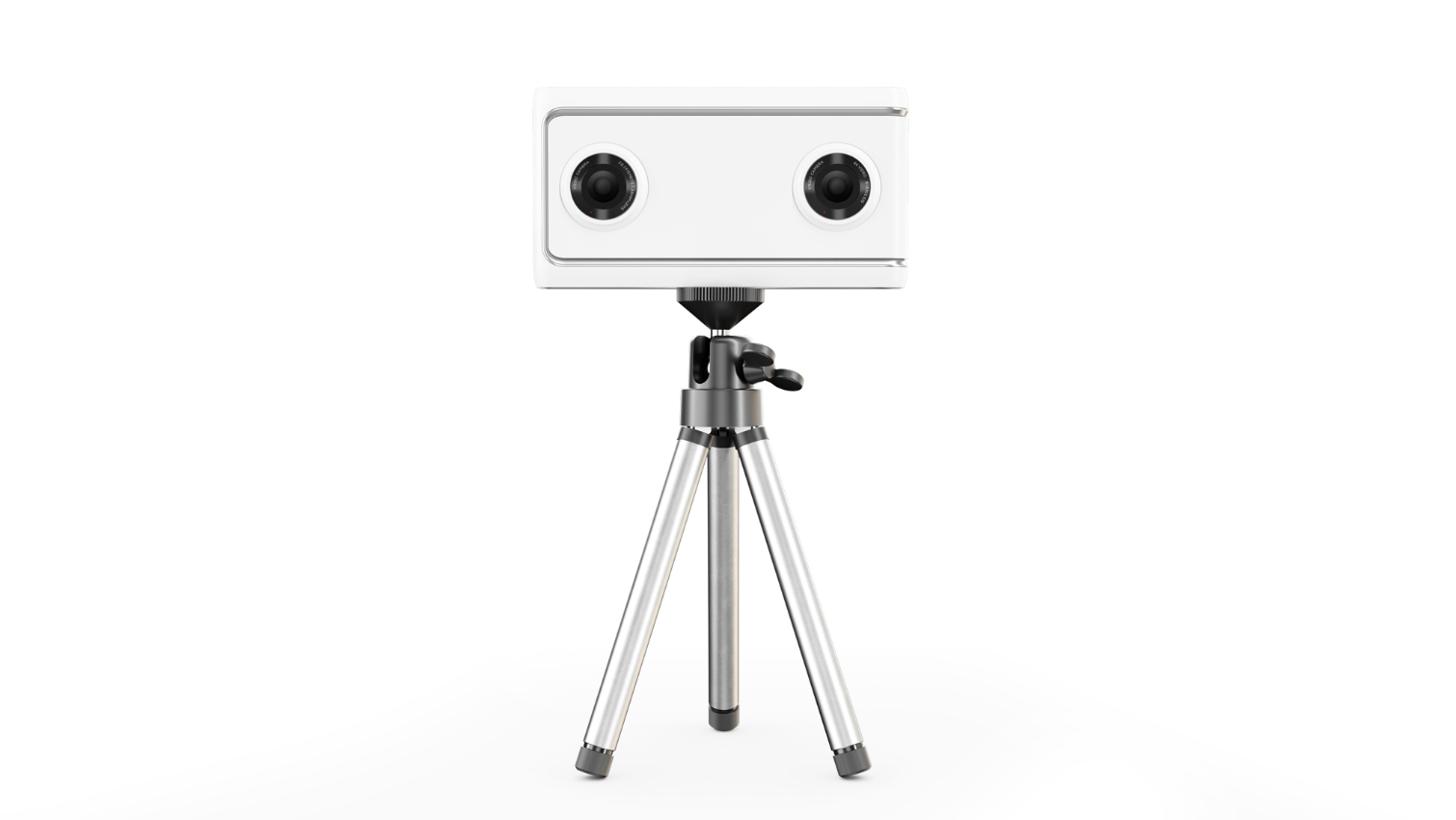
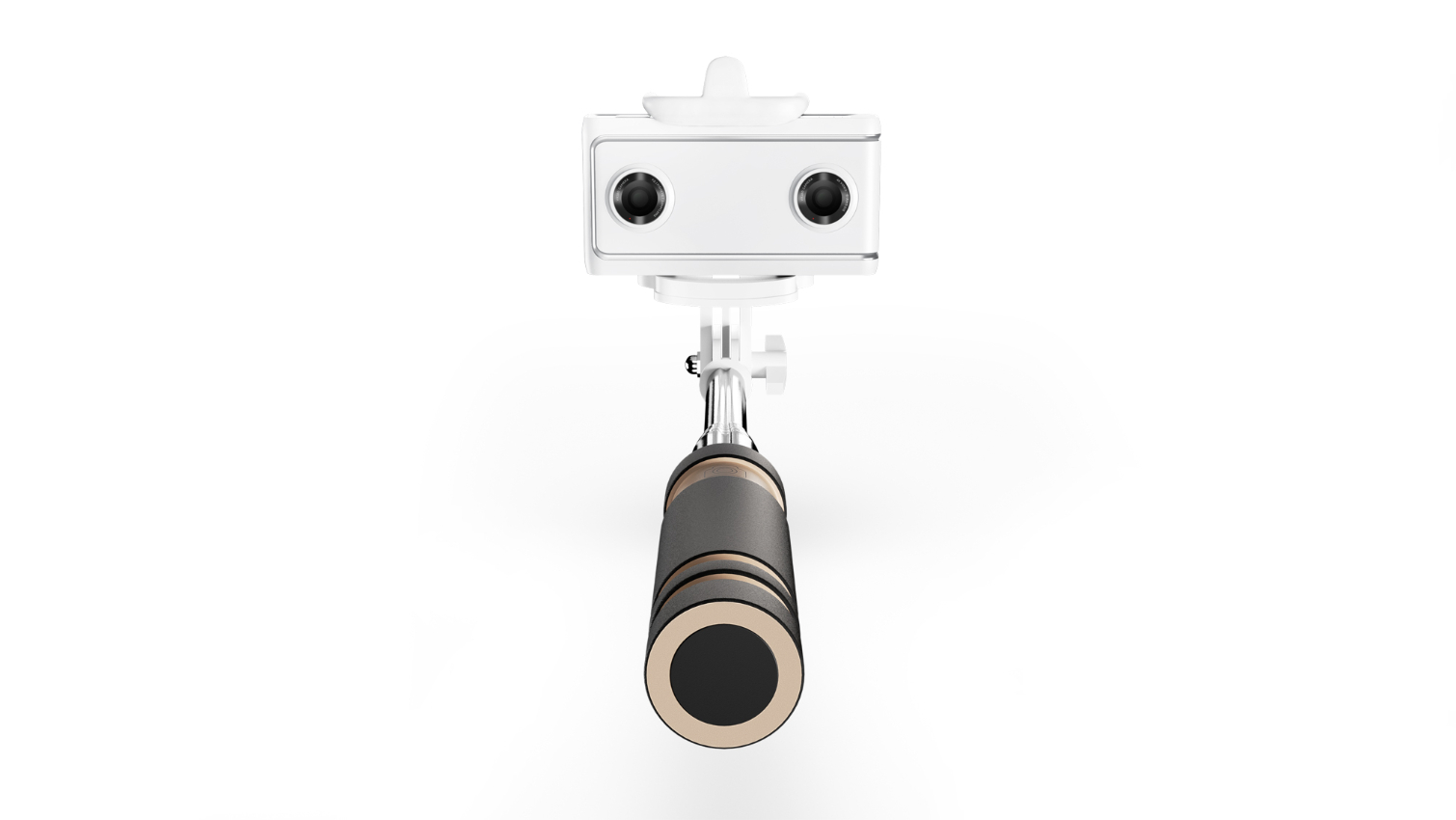

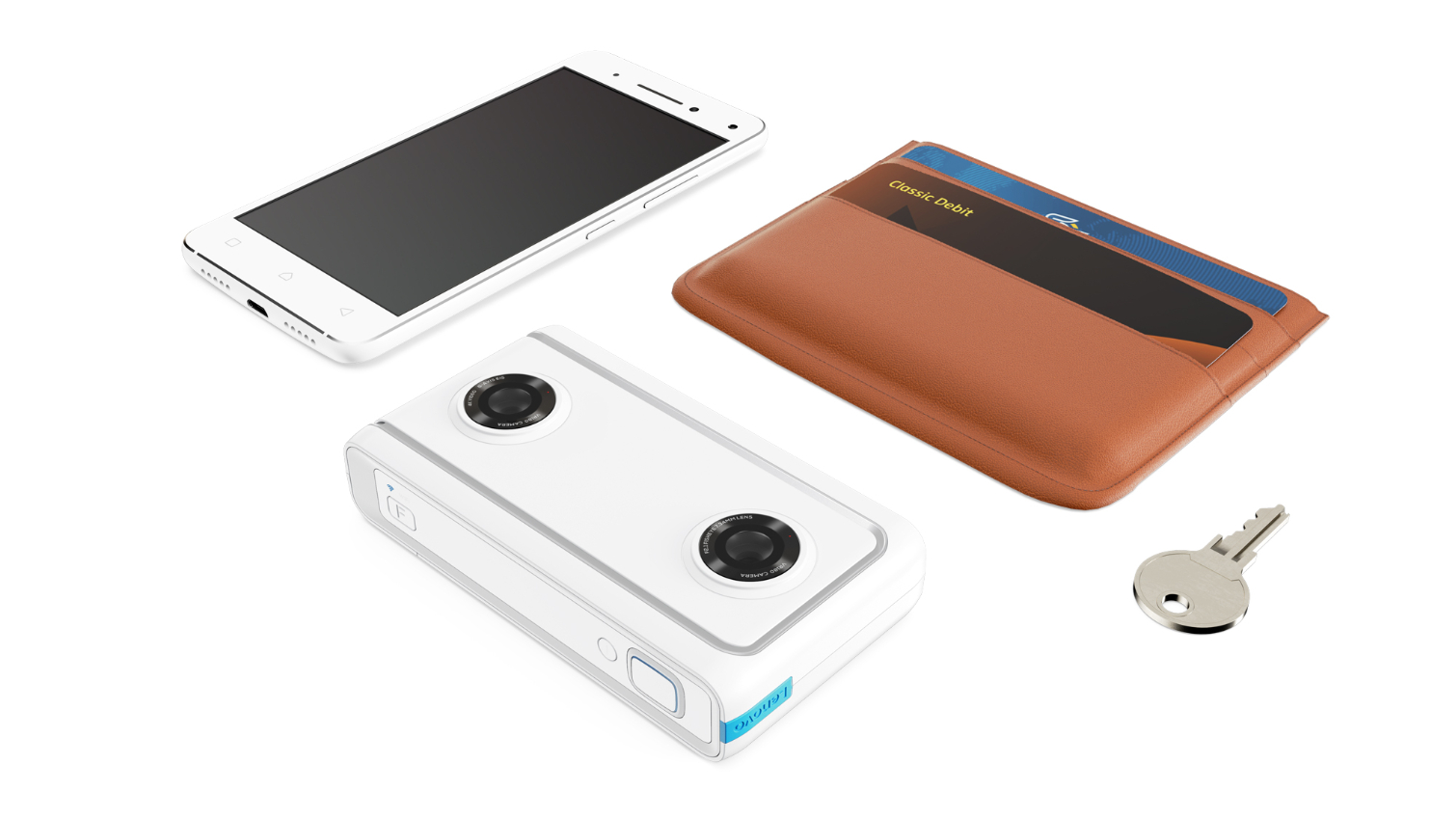
Lenovo didn’t reveal the battery specifications but said that the internal battery would provide power for two hours of continuous use. It features a USB Type-C port for charging and local data transfer.
Lenovo also didn’t give a specific launch date, but the company said that it expects to deliver the first units in the second quarter. The Wi-Fi version of the Mirage Camera will sell for under $300, but there's no word on a price for the LTE-enabled version.
Kevin Carbotte is a contributing writer for Tom's Hardware who primarily covers VR and AR hardware. He has been writing for us for more than four years.
